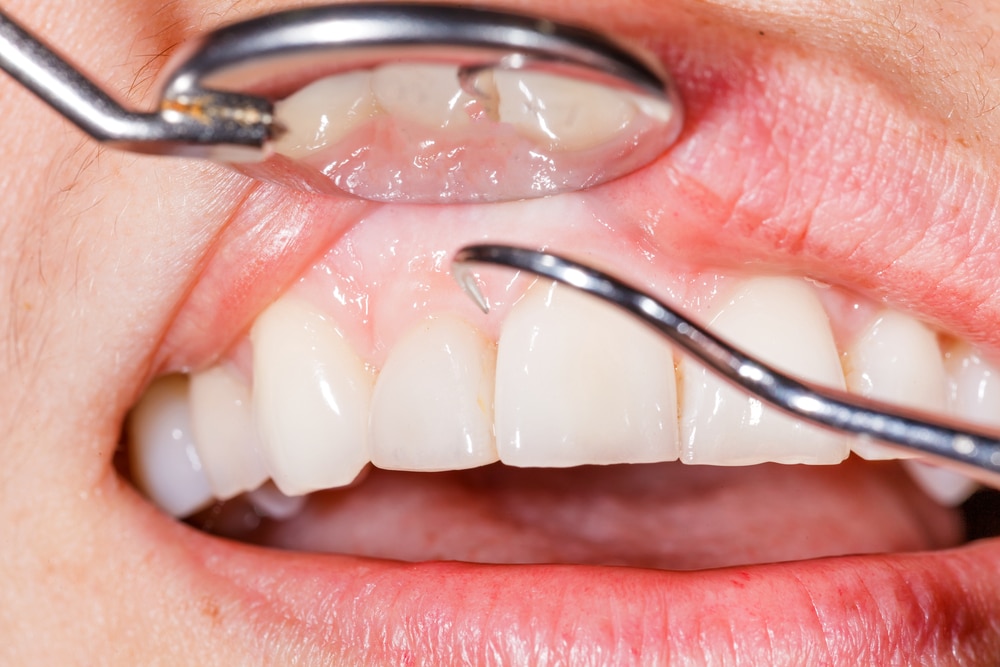
Gingivitis is a mild form of periodontal disease that presents itself as irritation, redness and swelling on the gingiva, the portion of your gums around the base of your teeth. It’s an uncomfortable condition that should be addressed as soon as possible because it can lead to more serious gum disease, tooth decay and even tooth loss.
If you suspect you have gingivitis or any other issues with your teeth and gums, you should see your local dentist to nip the problem in the bud. There are also measures you can take at home to ward off gingivitis.
Recognizing Gingivitis
When your gums are in good shape, they should be a pale pink color and fit firmly around your teeth. Gums with gingivitis, by contrast, have a red hue. Your diseased gums are likely to be tender, recede from your teeth and may bleed when you brush or floss. Further, gingivitis can cause bad breath.
Causes Of Gingivitis
The most common reason people get gingivitis is poor dental hygiene, but it’s possible for someone who’s conscientious about brushing and flossing to fall prey to gum disease.
Some people are genetically predisposed to gingivitis, while others develop it after taking certain pharmaceutical drugs or contracting a viral or fungal infection.
Other causes of gingivitis include:
- Crooked, hard-to-clean teeth
- Dry mouth
- Hormonal changes like pregnancy or taking birth control pills
- Immune disorders
- Old age
- Poor nutrition, especially vitamin C deficiency
- Smoking or chewing tobacco
Gingivitis starts when plaque builds up and hardens into a crusty deposit called tartar. Tartar provides a breeding ground for bacteria and also irritates your gum-line, which can lead to inflammation of your gingiva.
Treating Gingivitis
The best treatment for gingivitis is professional dental hygiene care. Your dentist or oral hygienist will scale your teeth and conduct root planing on any exposed roots to remove plaque, bacteria and tartar. Your teeth and gums will also be examined to detect if there are any other problems that need to be addressed.
Preventing Gingivitis
The best treatment for gingivitis is to fend it off by brushing your teeth twice a day and flossing regularly.
You should also use a soft toothbrush and get a new one every three to four months— earlier if the bristles look worn and frayed. Some people find an electric toothbrush is better at getting rid of plaque and tartar.
It’s recommended that you also get your teeth professionally cleaned at your dentist’s office at least twice a year. Other ways to prevent gingivitis include avoiding tobacco products; using an antimicrobial mouthwash; and supplementing brushing and flossing with the use of an interdental cleaner like a dental pick.
If you want to prevent and reverse gum disease, address issues like cavities or learn how you can beautify and brighten your smile, contact us for an appointment at Bridge Creek Dental.